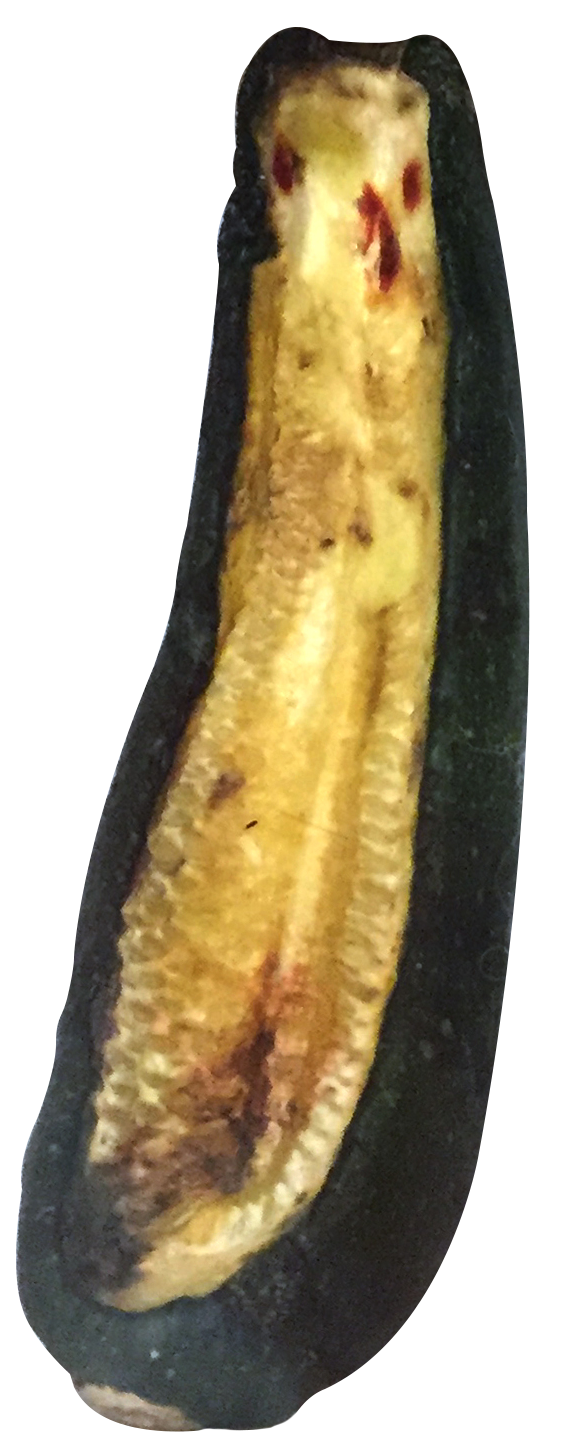





Before opening our catalogue, here's a quick word on Objects and why and how we look at them:
(1) Objects codify capitalist social relations and ideologies.
Vacuum Capital's Museum of Capitalism is based on a collection and examination of objects as vessels for ideologies. We look at the way objects are produced, distributed, used, talked about, and where they are placed (or belong
) in order to understand how they are symbols of capitalist social relations and how they are actually actors that enforce and maintain those.
A vacuum cleaner, for example, a staple of the suburban single-family home tells us about the definition of the domestic sphere, gender and gender roles, the family unit, reproductive labor, and about how the language around cleaning reflects the white-supremacist underpinnings of the capitalist-present, among other things.
(2) We present from the perspective of a post-capitalist alternate-present.
The Museum takes mundane everyday objects and questions their roles in upholding colonial and capitalist relations and ideologies. We curate the museum and write about objects from our perspective being from a post-capitalist alternate-present. From this point of view, our analysis of the way objects exist in the present plagued by capitalism comes across as slightly absurd.
(3) The Museum is necessarily an object in the Museum.
The anthropological museum-form is directly a product of colonialism and would be abolished in a post-capitalist present. Thus, the Museum is itself an object in the Museum. Adopting the recognizable museum-form for our collection, display, and writing, we expose problems with this method of looking, categorizing, and understanding that is rooted in an idea of colonialism, authority, and trained expert
knowledge. These problems are not isolated to anthropological museums, but are also at work in art museums, determining what belongs within their definition of high art and what or who is excluded from their white walls.
This museum is not a place– you don't walk into a building and feel the rules of that space pushing on you, telling you what to look at, how to interpret, and what not to touch. It travels to different places, it exhibits in public space, it is free, it is collaborative, it asks questions…
The button below will take you to our Museum Catalog where you will find pictures and descriptions of the objects we have encountered so far. This is a live document that is continually expanding and adjusting.
You are also invited to nominate an object for the museum or submit an entry to the catalogue.



